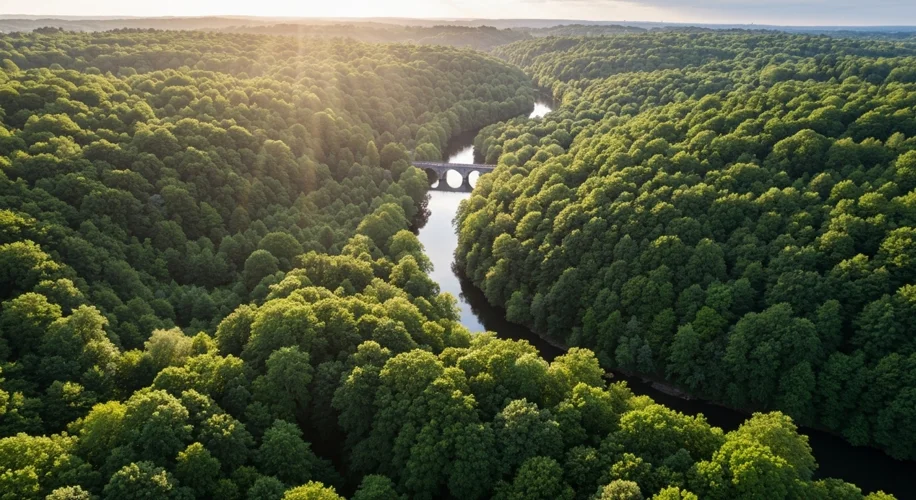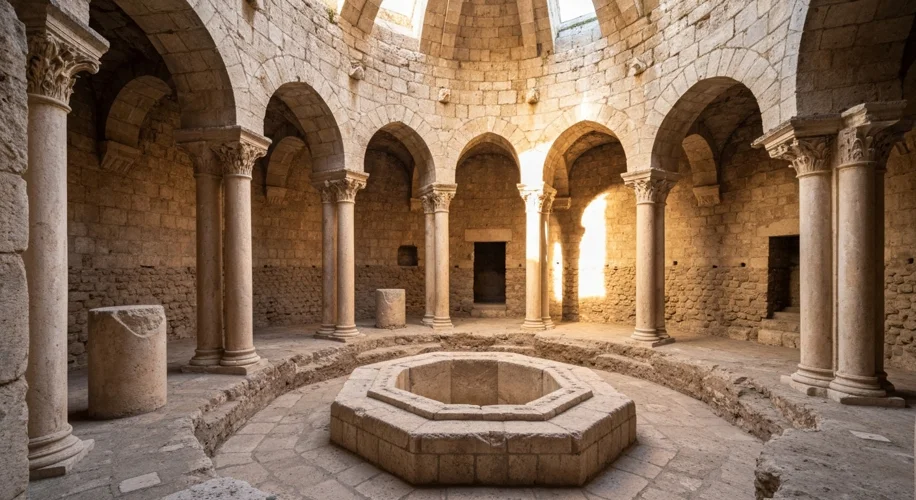In the heart of Provence, France, nestled near the ancient cathedral of Vence, a remarkable discovery has sent ripples of excitement through the historical and archaeological communities. Beneath the Provençal soil, an early Christian baptistery, dating back to the 5th and 6th centuries AD, has been brought to light. This significant find offers a tangible link to the nascent stages of Christianity in the region, providing invaluable insights into early religious practices and the architectural prowess of the era.
For centuries, the sands of time have concealed this sacred space, its existence largely forgotten. However, recent archaeological excavations, driven by a meticulous dedication to uncovering the past, have finally unveiled its secrets. The baptistery, a structure dedicated to the sacrament of baptism, was a cornerstone of early Christian worship. Its discovery in Vence, a town with a rich historical tapestry, is particularly poignant. The proximity to the existing cathedral suggests a continuous lineage of Christian presence and devotion, spanning over fifteen centuries.

The unearthed baptistery is believed to have served the Christian community of Vence during a pivotal period in history. The 5th and 6th centuries were times of immense change across the Roman Empire, marked by the gradual decline of Roman authority and the ascendant influence of Christianity. This era saw the construction of many significant religious buildings, and the baptistery in Vence stands as a testament to this transformative period. The architectural style, though only partially revealed, hints at the prevailing Roman and early Christian influences of the time, likely featuring robust stonework and a design centered around a baptismal font.
The function of a baptistery in early Christianity was multifaceted. It was not merely a place for the ritualistic washing away of sins but also a symbolic space representing rebirth and entry into the Christian community. Typically, these structures were either circular or octagonal, with the octagonal form often symbolizing the eighth day, a reference to the resurrection of Christ and the new creation. The presence of a central font, large enough to allow for full immersion, would have been the focal point of the baptistery. The faithful, often adults at the time, would undergo this sacred rite in a communal and reverent atmosphere.
This discovery is more than just stones and mortar; it is a portal into the lives of early Christians in Gaul. It allows historians and archaeologists to study the evolution of Christian liturgy, the development of church architecture, and the social fabric of a community navigating the transition from the classical world to the early medieval period. The materials used, the craftsmanship evident in the surviving elements, and the overall layout can reveal much about the resources, skills, and beliefs of the people who built and utilized this sacred space.
The excavation process itself is a story of patience and precision. Archaeologists meticulously sift through layers of earth, carefully documenting every artifact and structural element. Each pottery shard, each fragment of mosaic, and each discernible stone course contributes to a larger narrative. The baptistery’s uncovering likely involved careful removal of later accretions, revealing the original footprint and features of the 5th and 6th-century structure. The goal is not just to find the past but to understand its context and significance.
The implications of this find extend beyond Vence. It adds another crucial piece to the complex puzzle of early Christianization in Western Europe. Such discoveries help refine our understanding of the spread of Christianity, the syncretism of old and new beliefs, and the resilience of faith in the face of political and social upheaval. The baptistery in Vence now joins the ranks of other significant early Christian sites, contributing to a richer, more nuanced picture of our collective heritage.
As further research and analysis are conducted, the story of this ancient baptistery will undoubtedly continue to unfold, offering a profound glimpse into a distant yet deeply influential era of human history. It stands as a silent, yet eloquent, witness to the enduring power of faith and the indelible marks left by those who came before us.

